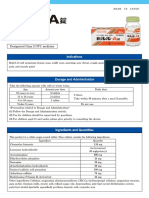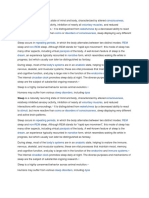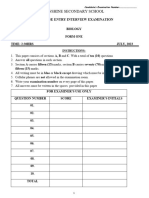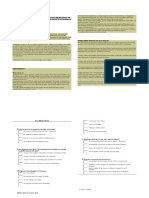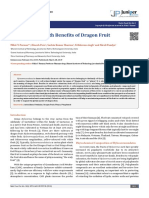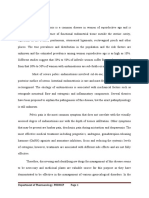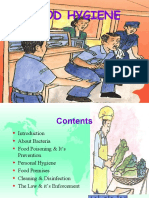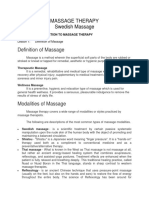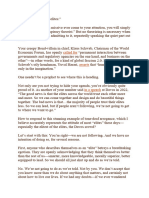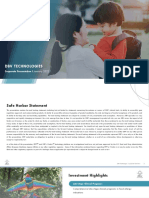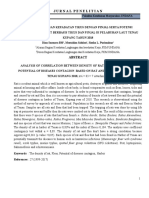91% found this document useful (11 votes)
3K views21 pagesFree Nursing Notes
This document provides information on various medical conditions and topics for nurses. It includes sections on acute kidney injury, pulmonary embolism, insulin and glucagon, diabetic ketoacidosis, hyperosmolar hyperglycemic state, spinal cord injury, ulcerative colitis, and Crohn's disease. Each section defines the condition, discusses pathophysiology, causes, signs and symptoms, and relevant nursing considerations. The document also advertises upgraded bundles and packages for purchase.
Uploaded by
Shood AlrCopyright
© © All Rights Reserved
We take content rights seriously. If you suspect this is your content, claim it here.
Available Formats
Download as PDF, TXT or read online on Scribd
91% found this document useful (11 votes)
3K views21 pagesFree Nursing Notes
This document provides information on various medical conditions and topics for nurses. It includes sections on acute kidney injury, pulmonary embolism, insulin and glucagon, diabetic ketoacidosis, hyperosmolar hyperglycemic state, spinal cord injury, ulcerative colitis, and Crohn's disease. Each section defines the condition, discusses pathophysiology, causes, signs and symptoms, and relevant nursing considerations. The document also advertises upgraded bundles and packages for purchase.
Uploaded by
Shood AlrCopyright
© © All Rights Reserved
We take content rights seriously. If you suspect this is your content, claim it here.
Available Formats
Download as PDF, TXT or read online on Scribd
/ 21




























































